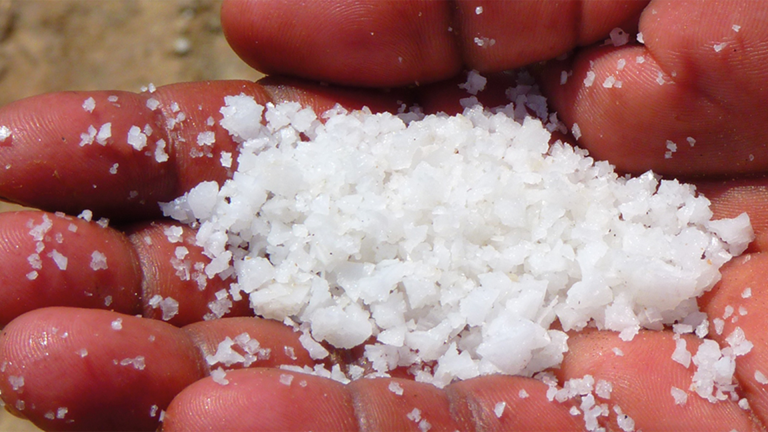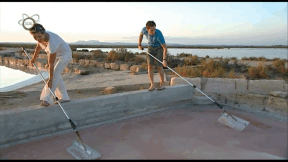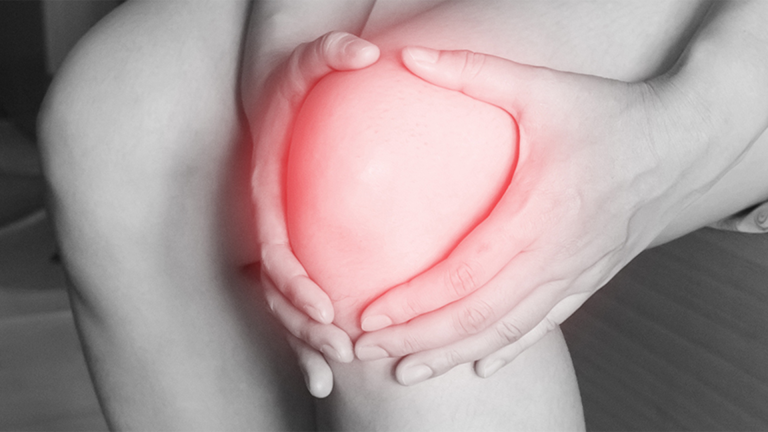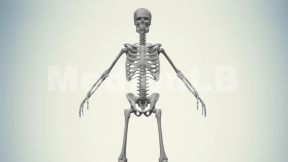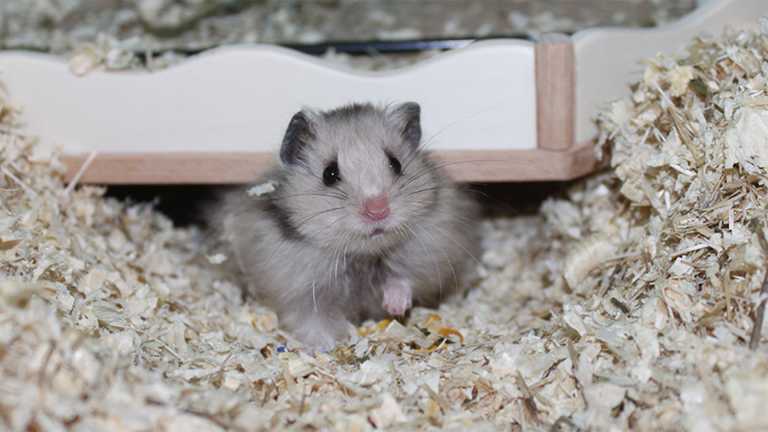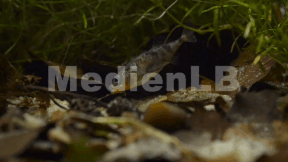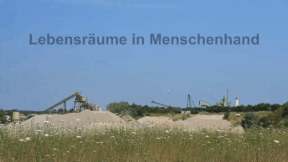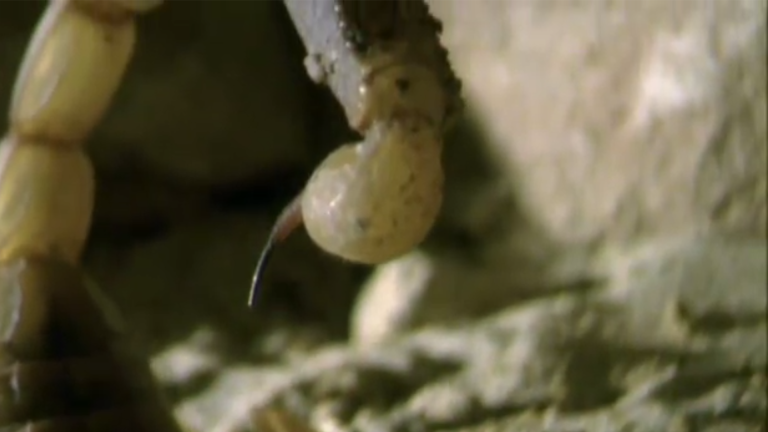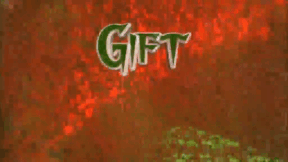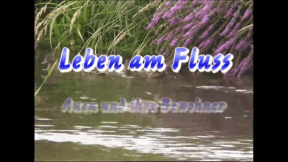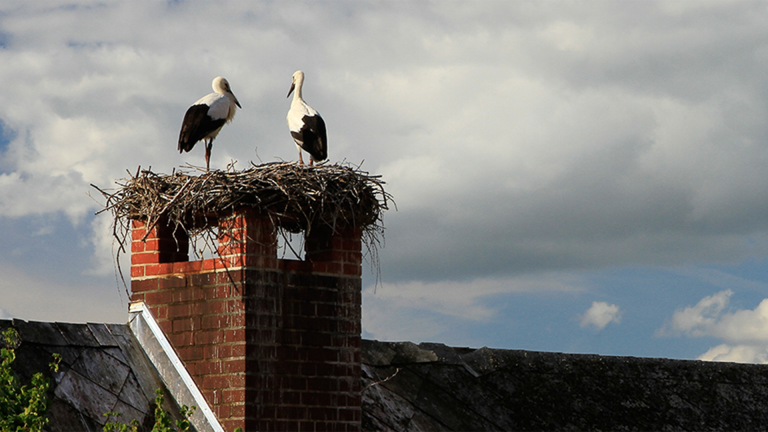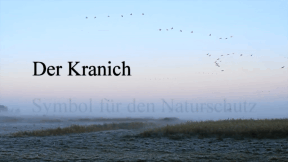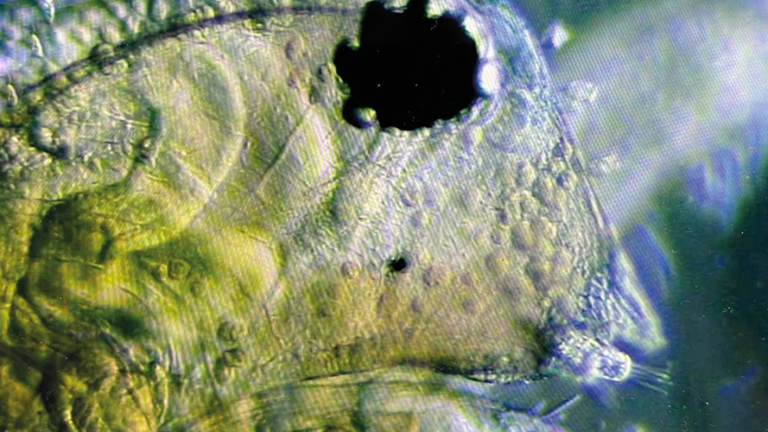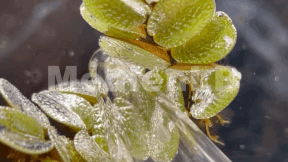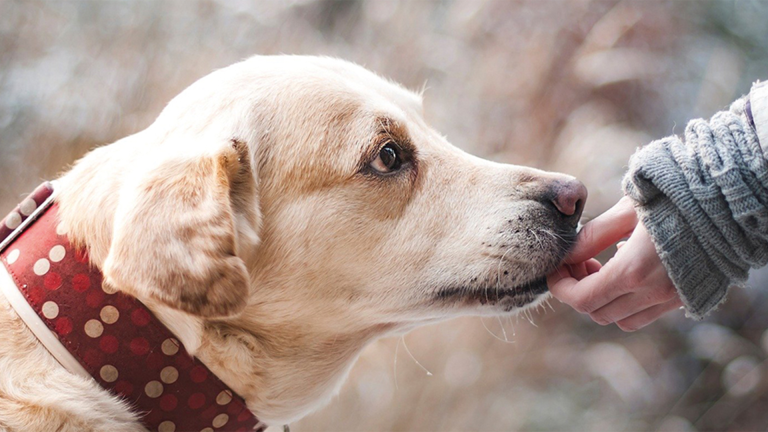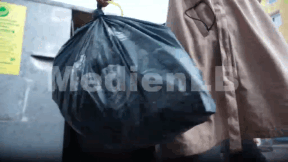Suche:
- # Artistry
- # Biology
- # Chemistry
- # Ecological
- # Economy
- # English
- # Foreign Language
- # Geography
- # German
- # Health
- # History
- # Informatik
- # Latin
- # Mathematics
- # Media Education
- # Music
- # Physics
- # Politics / Civics
- # Preschool
- # Primary School
- # Religion
- # Society
- # Sports
- # Technology
- # Training of Teachers
- # Vocational Education
Kräuter und Gewürze
Das Wort Kräuter kommt von Kraut. Als Kraut bezeichnet man meist die oberirdischen Teile einer Pflanze, aber was ist mit den Wurzeln? Das Wort wiederum steckt in Gewürz. Blattgewürze werden nur als Gewürz bezeichnet, wenn sie getrocknet sind. Im frischen Zustand zählen sie zu den Kräutern. Fest steht, eine klare Abgrenzung gibt es nicht. Viel wichtiger ist es, ein paar Kräuter und Gewürze zu kennen, um sie im Alltag richtig einzusetzen.
Learn moreSalz
Ein vermeintlich gewöhnliches und billiges, weißes Gewürz gilt im Altertum als Göttergabe, in unserer Zeit kann man es kiloweise im Supermarkt kaufen. Die Rede ist von Salz, der chemischen Verbindung aus Natrium und Chlorid.
Learn moreHamsters
Hamsters are small rodents that have four sharp incisors. They are related to mice.
Learn moreSticklebacks
More than fifty fish species live in our lakes and rivers. The sticklebacks count among the smallest native freshwater fish.
Learn moreHabitats in Human Hands
Forests, hedges, heathlands or colourful meadows are the epitome of unspoilt nature for us.
Learn morePoison
Throughout history, humans have always tried to understand the mysterious power of toxins. In doing so, they sometimes discovered healing medicine, and sometimes lethal mixtures. This DVD treats the history and origin of poisons and their use by man. The most common and most dangerous known poisons are introduced. A journey into the body unveils the secrets of the deadly substances and shows how poisons work and why some kill slowly and painfully while others take effect suddenly and unexpectedly. Many plants and fungi produce life-threatening substances. But animal poisons are unparalleled in their effects. These ex- periments of nature also inspired human preparers of poison as well as healers. The most mysterious cases from history and nature could be re-opened. With the help of the new findings, new cures might be developed.
Learn moreLife along the River
Rivers are important ecosystems and habitats for plants and animals. The biodiversity of animals and plants in and on the water is enormous.
Learn moreCranes
They are counted among the most elegant and distinctive domestic birds. Due to their size, cranes can hardly be overlooked. Their call can be heard for miles. And: You hear them more and more often.
Learn moreLeben im Tropfen
In einem einzigen Wassertropfen kann reichhaltiges Leben sein: einzellige Tiere und Pflanzen, Algen, Bärtierchen, Würmer, Schneckeneier, Milben, Krebse. Die dreifurchige Wasserlinse lebt untergetaucht und passt in einen Wassertropfen - ein ideales Revier bei der Suche nach Kleinstlebewesen mit dem Mikroskop.
Learn moreDie 5 Sinne
Wie selbstverständlich sehen, hören, riechen, schmecken und fühlen wir. Jeder benutzt täglich seine fünf Sinne, ohne sie bewusst einzusetzen. "Schau dich schlau!" untersucht in dieser Sendung, warum sie für uns überlebenswichtig sind und wie sie funktionieren.
Learn moreConditioning
The theory of classical conditioning is one of several learning theories which explains how behaviours can result from stimulation without, however, taking into consideration the processes in the brain (black box).
Learn more





